I have attended several international art fairs abroad, but this is my first time experiencing one in Vietnam – and also my first Hotel Art Fair. Yes, you read that right: an art fair held in hotel bedrooms, not in conference rooms or hotel lobbies. This is a rising trend in the art market, with its own unique advantages and challenges.
Before diving into the history, trends, and global statistics of Hotel Art Fairs, let’s take a closer look at the first-ever international Hotel Art Fair held in Vietnam and its noteworthy highlights.
VIA 2024
Opening yesterday afternoon for VIP guests, the Hotel Art Fair will be open to the public from December 20 to 22 on the 17th floor of Nikko Hotel, Nguyen Van Cu, District 1, Ho Chi Minh City. The art fair is organized by the Tomura family and Mrs. Lee, a gallery based in Japan and Ho Chi Minh City. This Japanese-Korean couple naturally curated participating galleries, with most of them representing Japan and Korea, apart from a local platform for Vietnamese artists. As such, the “international” aspect of the fair is somewhat limited.
In typical Hotel Art Fair fashion, hotel rooms are transformed into exhibition spaces. This means that artworks are displayed on beds, desks, and even in bathrooms. Despite this unconventional setup, the meticulous organization by the Japanese curators ensures that the setting does not detract from the artistic experience.
The most impressive and high-value exhibits are unsurprisingly presented by the organizers themselves – Tomura Gallery. Their collection includes works from renowned Vietnamese masters such as Lê Phổ, Bùi Xuân Phái, Trần Lưu Hậu, Nguyễn Tư Nghiêm, and contemporary artists like Thành Chương and Lê Thiết Cương. A floral painting by Lê Phổ is priced at approximately $80,000. Additionally, there are intricately detailed Korean artworks that evoke minimalist visual effects, offering a serene sense of infinite peace.
Two Vietnamese galleries, Bình Minh and Special Exhibition, also showcase notable works of Vietnamese art. While I’m not usually a fan of lacquer painting, I was captivated by Nguyễn Hoài Hương’s “Xuân thì” (Springtime). I also found myself admiring some paintings by Japanese artists and photographers. I discovered a “kindred spirit” in a young Japanese artist who creates stunning works without preliminary sketches – what I jokingly call “Japanese-style doodles.” Also in his room, a female photographer with a limited series of photos only exhibited in Vietnam this time, she took them completely without any filters at a time when the sun had not yet risen, the temperature was below zero outside and the light was minimal. The colors and effects of these works are truly amazing.
The most delightful aspect of this fair is the combination of traditional materials and languages with contemporary expressions.
The staff team is friendly and enthusiastic; however, their limited ability to translate art-related details means that some nuances might be lost unless you actively converse in English with the gallery owners and artists. One gallery’s display was notably sparse due to customs delays with large-scale paintings. This gallery specializes in works made from cow and pig leather.
The exhibition also includes prints and works from iconic artists such as Takashi Murakami, Yayoi Kusama, and Andy Warhol.
Hotel Art Fairs Worldwide
Tracing back the history of hotel art fairs, this model emerged in the late 20th century when artists and event organizers sought alternative or extended spaces to showcase their works. One of the earliest examples is the Gramercy International Art Fair, held at the Gramercy Park Hotel in New York in 1994. This event introduced a novel concept where hotel rooms served not just as accommodations but as unique artistic venues.
The concept quickly spread to major cities worldwide, especially those with vibrant art scenes like Miami, London, and Tokyo. Events such as Aqua Art Miami, first held in 2005, and the SPRING/BREAK Art Show in New York, launched in 2012, have carried on this tradition, making hotel art fairs an essential part of the international art calendar. These fairs not only offer new opportunities for artists but also create unique experiences for audiences, making art more approachable.
While the concept is simple, executing it requires meticulous planning. Each hotel room is transformed into a mini-gallery, with carefully curated works by galleries or artists. This high level of personalization and interaction allows attendees to connect deeply with the art. Displaying pieces in a familiar living environment helps collectors envision how a painting, sculpture, or installation might fit into their own spaces. Moreover, the chance to meet artists and gallery owners in person adds a layer of authenticity and engagement.
Hotel art fairs have gained significant momentum globally, especially in cities like Bangkok, Tokyo, Miami, and London. For instance, Bangkok’s Hotel Art Fair has become an integral part of the city’s cultural landscape. Hosted in luxury hotels such as W Bangkok, the event highlights emerging Southeast Asian artists alongside international galleries. The 2022 edition reportedly attracted over 5,000 visitors and generated sales exceeding $1 million, though these figures should ideally be verified through reliable sources.
In Miami, Aqua Art Miami coincides with the prestigious Art Basel Miami Beach, offering a boutique experience at the Aqua Hotel. This fair is renowned for its vibrant mix of contemporary art, drawing both emerging talents and seasoned collectors. Similarly, the SPRING/BREAK Art Show in New York transforms hotel spaces into experimental art hubs, attracting over 40,000 visitors in its most recent edition. These fairs have established themselves as must-visit destinations for collectors seeking fresh talent and for artists aiming to leave a mark.
One of the most appealing aspects of hotel art fairs is their ability to democratize art collecting. Unlike the sometimes intimidating atmosphere of high-end galleries or the overwhelming scale of traditional art fairs, hotel art fairs create a more welcoming environment. Many fairs feature artworks at various price points, starting at just a few hundred dollars, making them accessible to younger collectors eager to invest in art. However, it’s worth noting that the luxurious settings of some hotel art fairs might still feel exclusive to certain demographics, which is a gap that could be addressed to enhance inclusivity.
For artists and galleries, hotel art fairs offer a creative and cost-effective platform to showcase their work. Traditional art fairs often come with high participation fees and logistical expenses. In contrast, hotel art fairs provide flexibility and lower costs, often leading to direct sales and lasting connections with collectors. Artists also benefit from presenting their works in intimate settings, fostering stronger connections with buyers.
The integration of art and hospitality has opened new pathways for cultural tourism. More travelers are planning trips around these events, combining their love for art with the comfort of staying in luxury hotels. This synergy benefits both the art world and the hospitality industry, fostering cultural engagement and economic growth.
Sustainability is another key focus of hotel art fairs. By repurposing existing spaces, these fairs reduce the environmental impact associated with constructing large exhibition venues. Many fairs also leverage digital tools, such as virtual tours and online catalogs, to expand their reach while minimizing their carbon footprint. For instance, some fairs offer hybrid experiences that combine physical exhibitions with digital platforms, ensuring accessibility for global audiences.
The 2022 Art Basel and UBS Global Art Market Report highlights the increasing influence of younger collectors, who account for 35% of global art transactions. Hotel art fairs are well-positioned to cater to this demographic, offering affordable entry points into the art market. Events like SPRING/BREAK in New York and Aqua Art Miami have consistently reported growth in attendance and sales.
While hotel art fairs are reshaping the art world, they are not without challenges. Limited space can restrict the display of large installations, and balancing accessibility with exclusivity remains an ongoing issue. Addressing these challenges will be key to the continued success and evolution of this model.
Hotel art fairs represent a dynamic shift in how we experience art. By merging creativity with the comfort and luxury of hotel spaces, these events offer a fresh and intimate approach to art engagement.







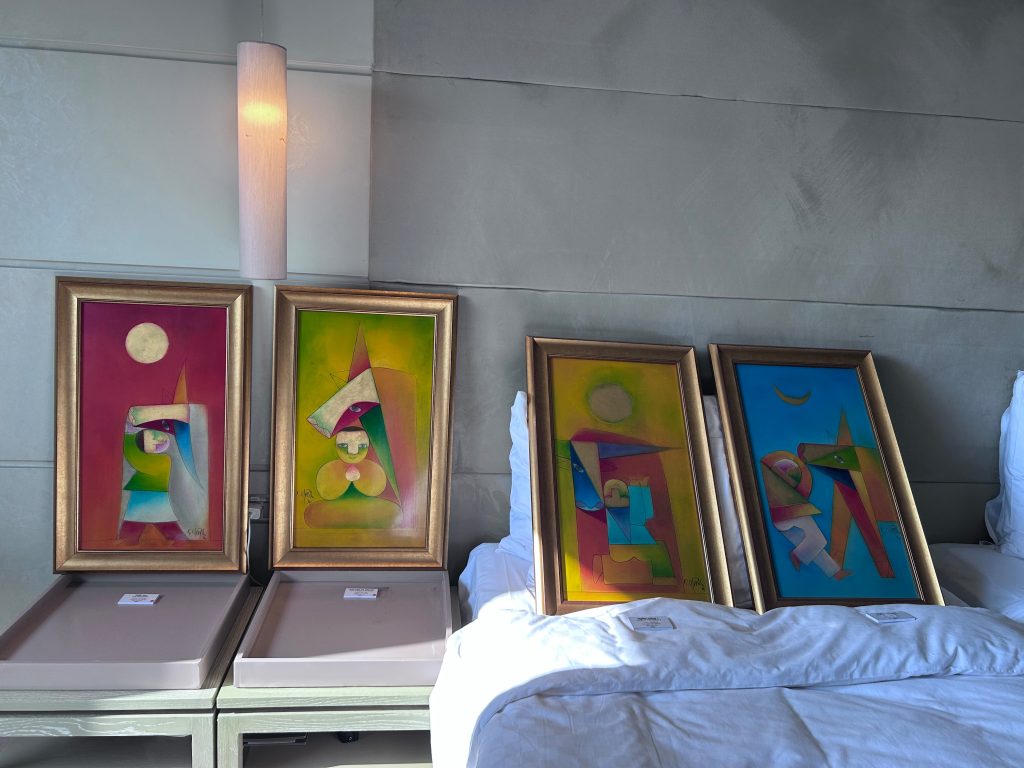






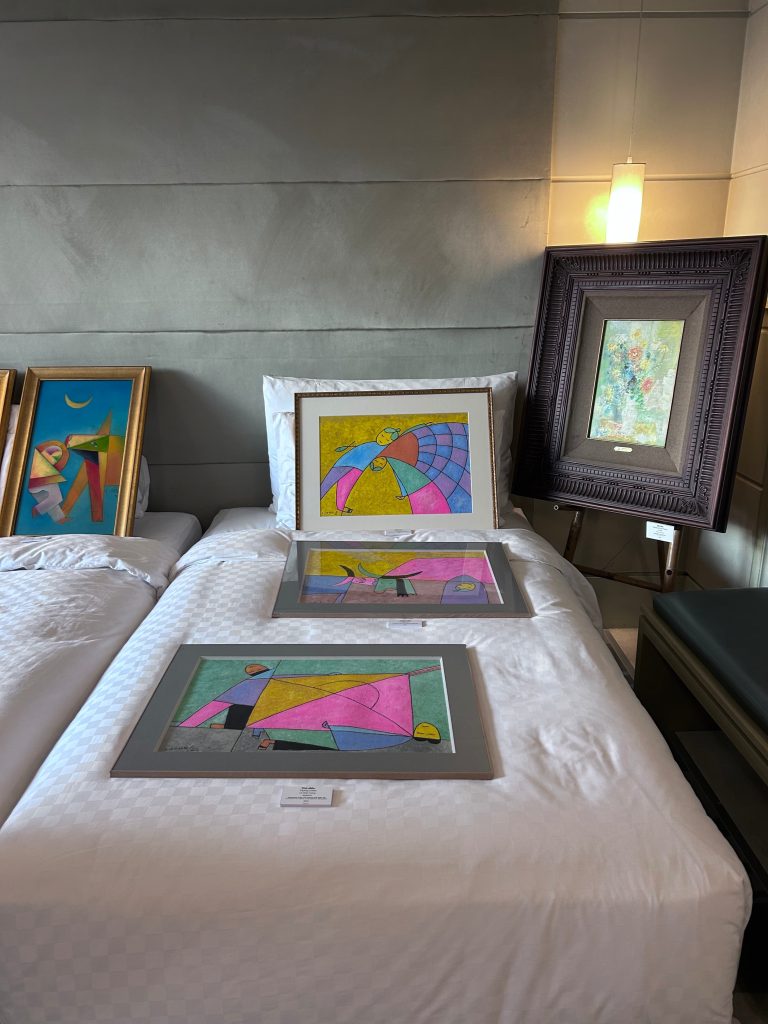
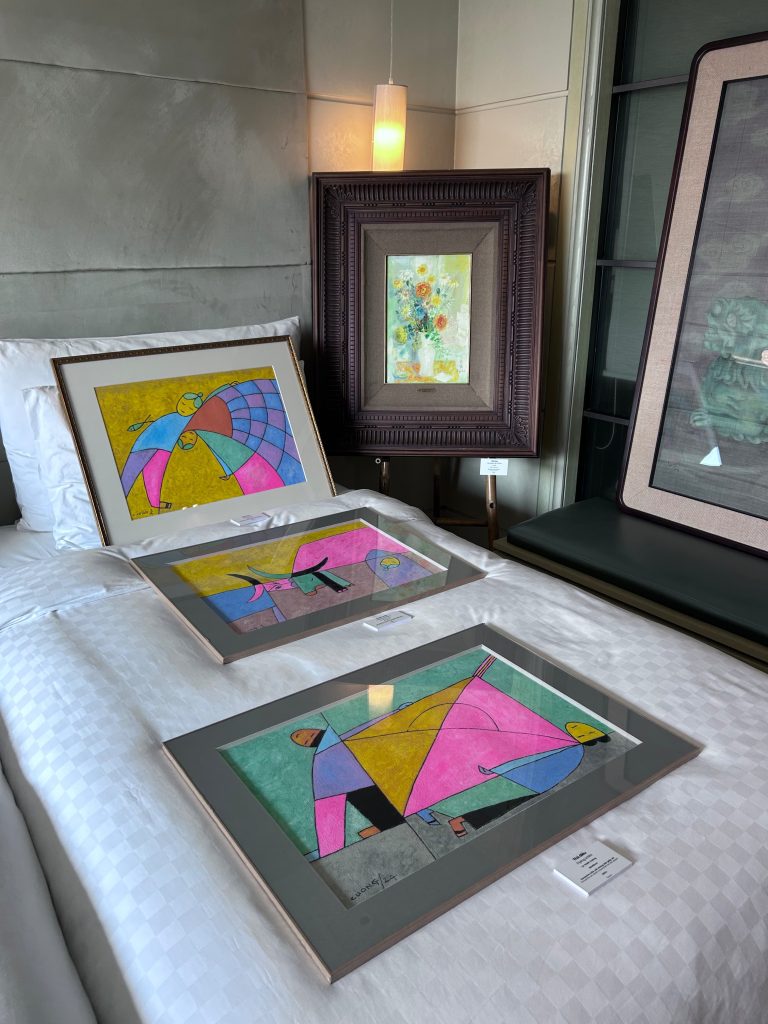






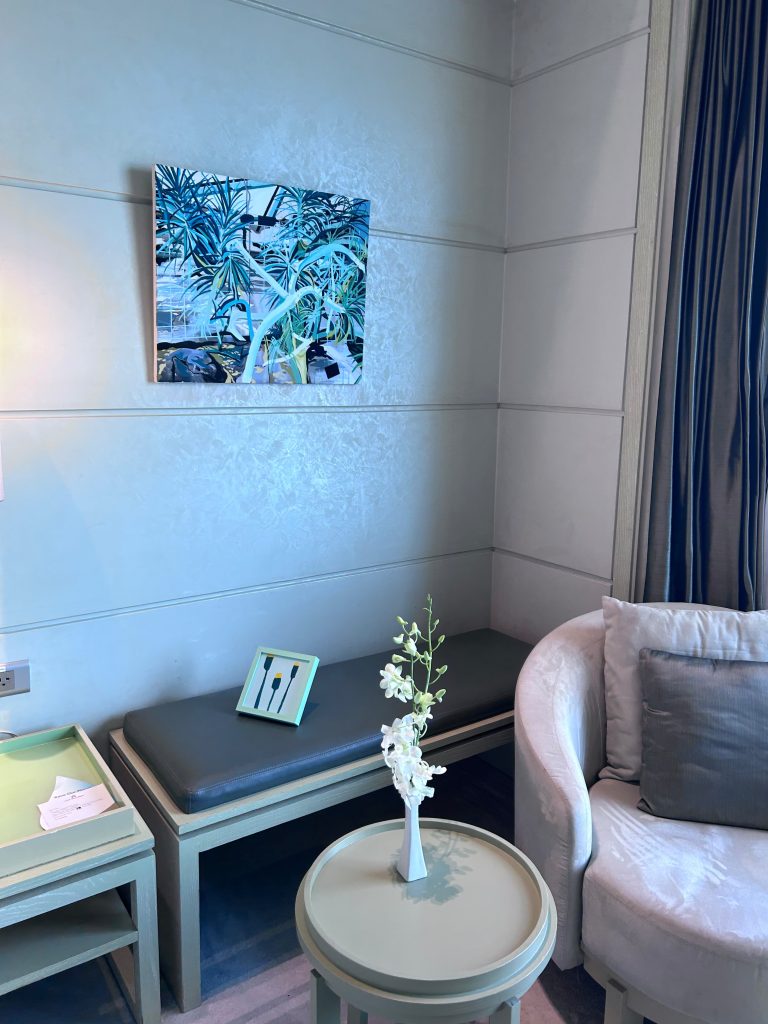






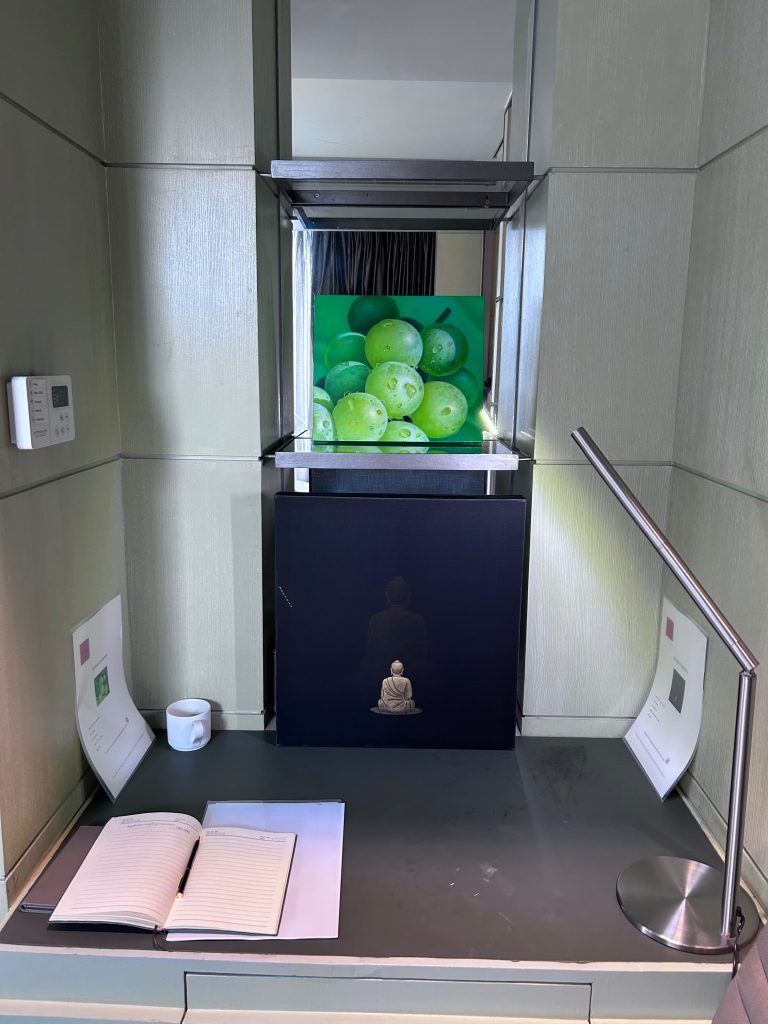









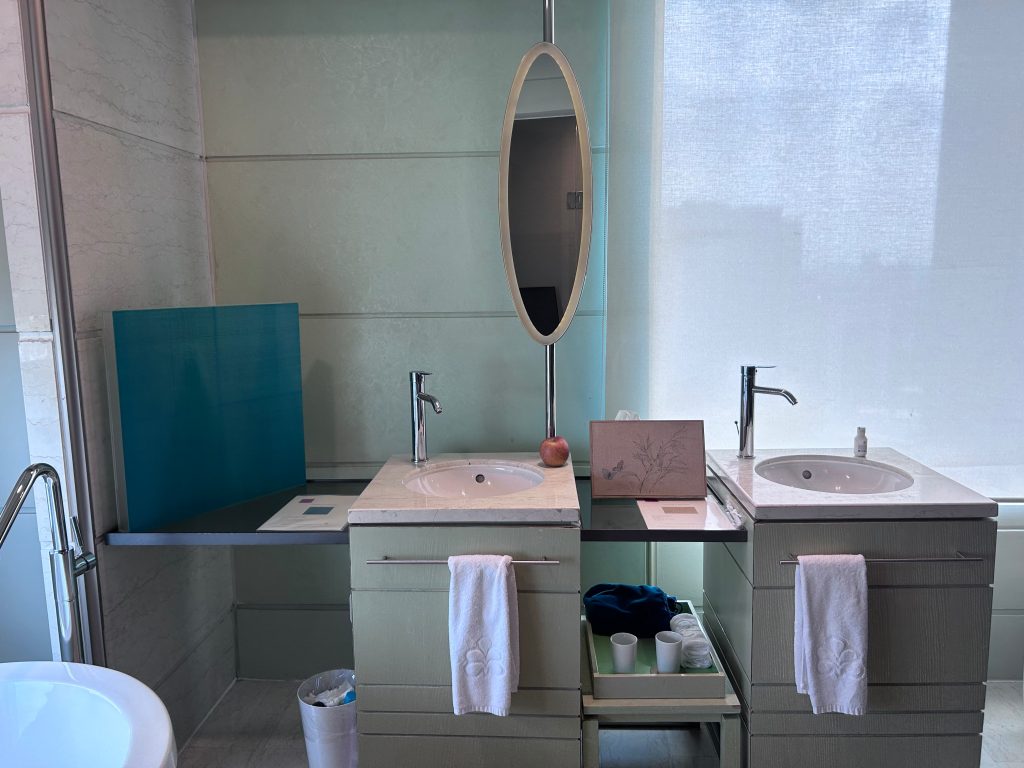












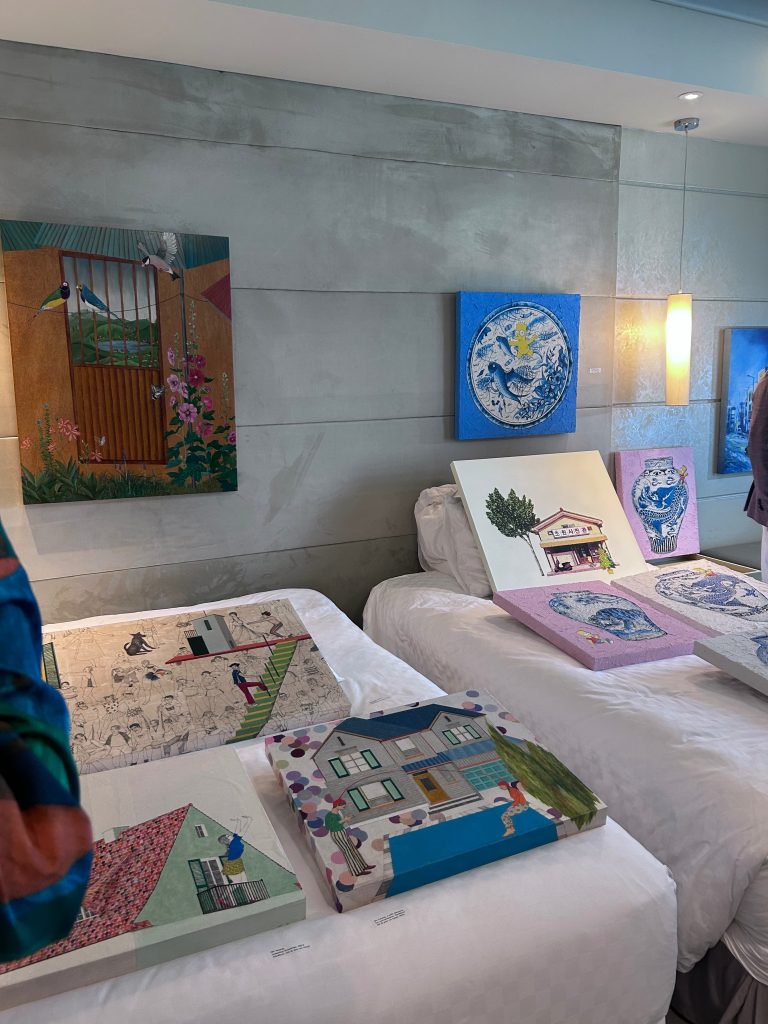







0 comments on “The First Hotel Art Fair in Vietnam”